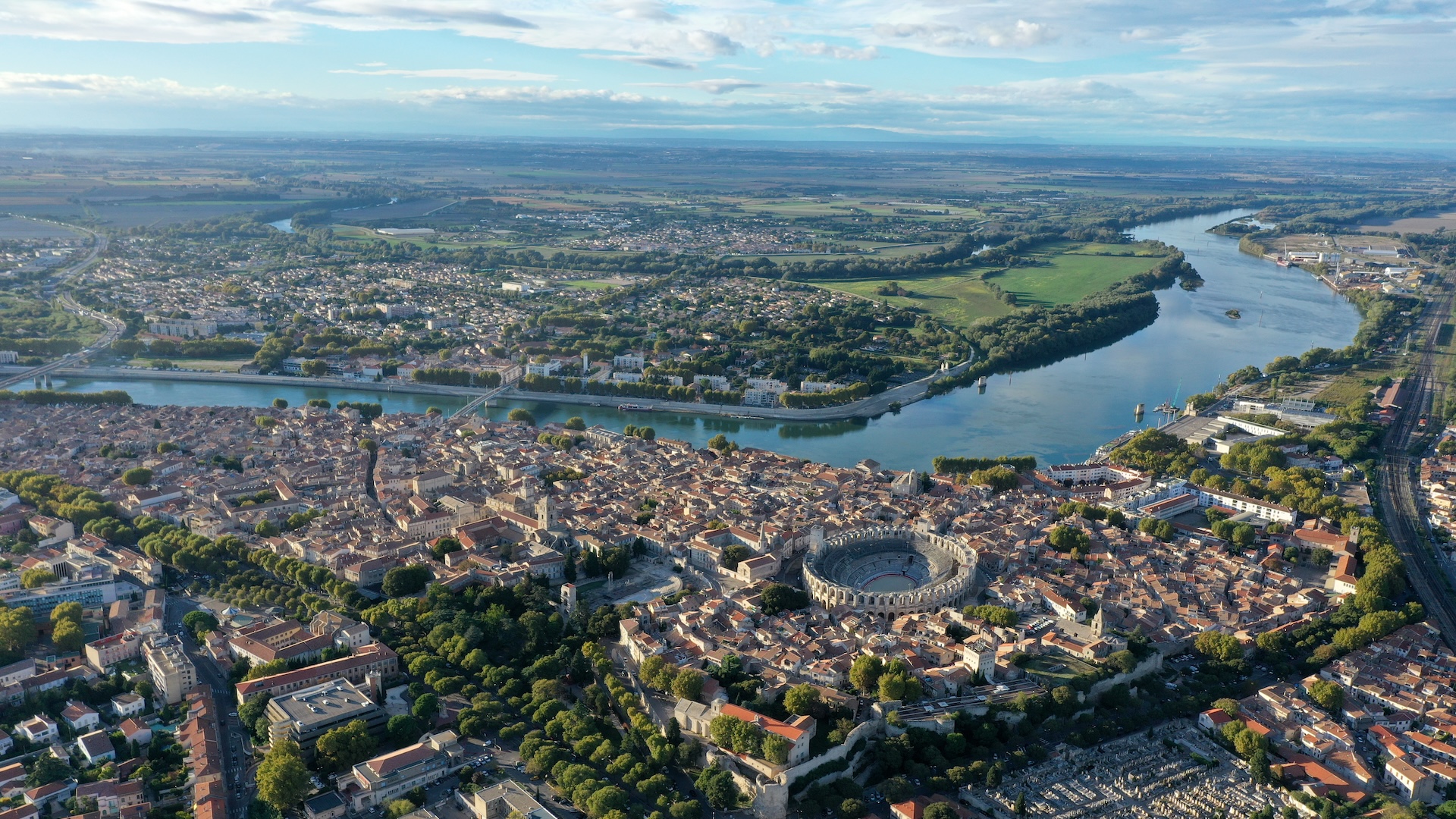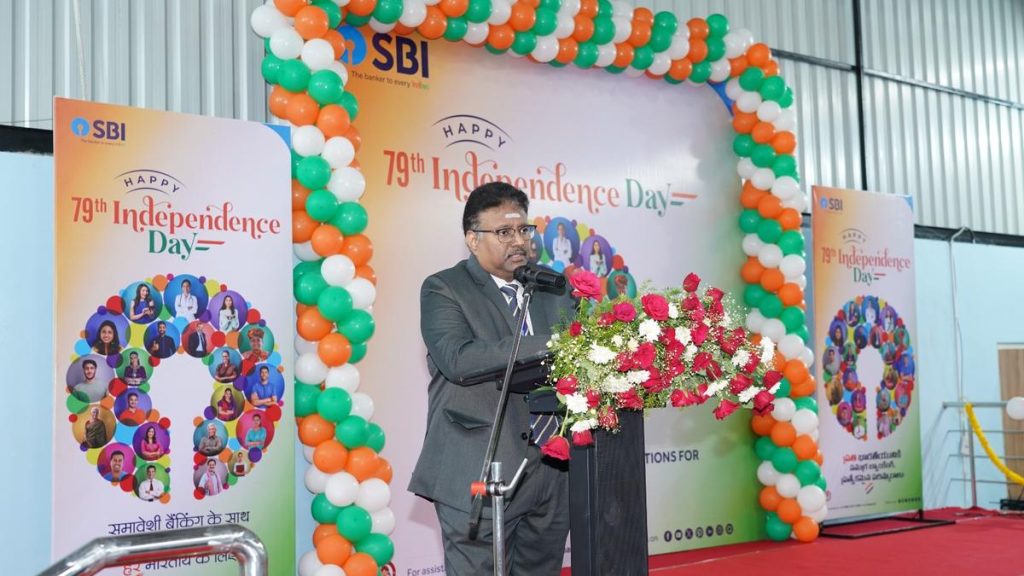Now Reading: Archaeologists Uncover Ancient Canal Linked to Julius Caesar’s Uncle
-
01
Archaeologists Uncover Ancient Canal Linked to Julius Caesar’s Uncle
Archaeologists Uncover Ancient Canal Linked to Julius Caesar’s Uncle

Fast Summary
- Scientists in France believe they may have discovered the long-lost Marius Canal, a Roman-era canal built 2,100 years ago within the Rhône River delta during the Cimbrian Wars.
- The canal, constructed between 104-102 B.C. by Gaius Marius (Julius Caesar’s uncle), connected Arles to the Mediterranean to aid Roman troops and facilitate safe supply transport.
- It was a important hydraulic engineering project for its era and later served commercial purposes.
- The canal disappeared from historical records but was referenced by Pliny the Elder in the first century A.D.
- Recent geophysical surveys in 2013 identified underwater features; excavations uncovered Roman ceramics, wooden stakes, cobblestone platforms, and radiocarbon dating consistent with its operational period.
- Researchers drilled sediment cores and found dimensions aligning with other Roman canals-suggesting it could accommodate large ships-but ongoing studies aim to confirm its identity as the Marius Canal.
Indian Opinion Analysis
The potential rediscovery of the Marius Canal underscores ancient Rome’s technological ingenuity despite limited tools available at that time. For India-a country balancing urbanization with heritage protection-it is a reminder of how archaeological findings can deepen our understanding of human progress while also demonstrating preservation challenges over millennia. This revelation highlights adaptive infrastructure solutions that served both military logistics and economic purposes-a theme paralleling India’s own historical trade routes like those from Harappan civilization or Mauryan reign.Furthermore, geoarchaeology’s role here exemplifies how modern science aids cultural understanding through innovative multidisciplinary approaches such as sediment analysis. If confirmed as authentic, this study strengthens narratives around sustainable engineering practices from antiquity-the kind India itself benefits from studying while navigating development versus conservation debates today.


























